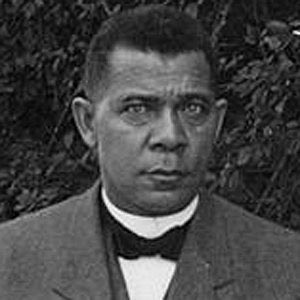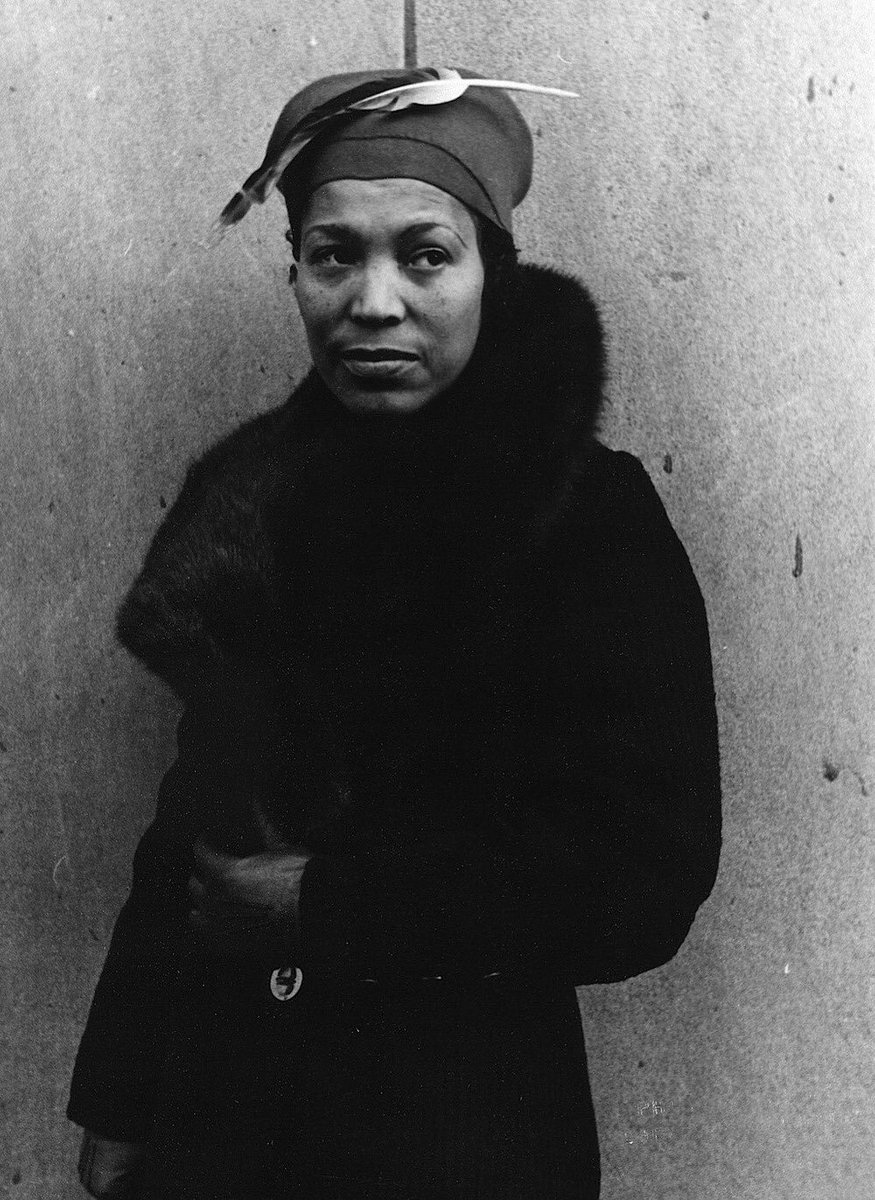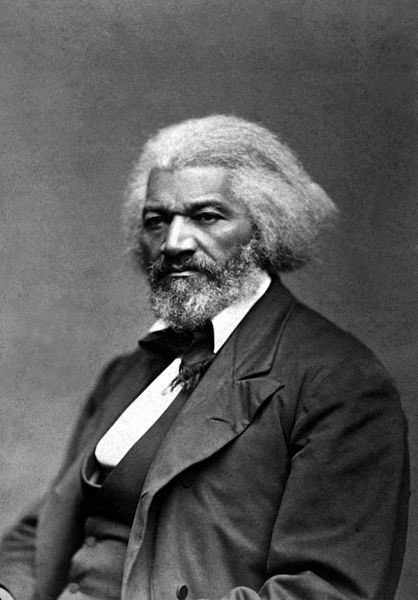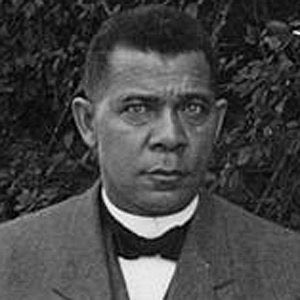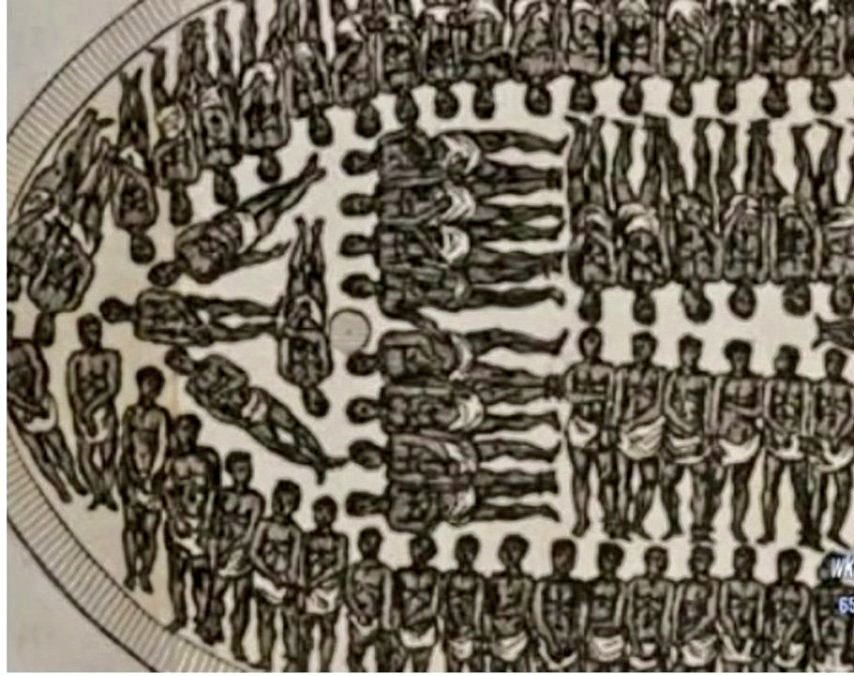
On #IndigenousPeoplesDay...
🔥#AfroTainoHistory🔥
"In 1517, a guerrilla war between colonizers and forces was initiated by the Taino leader #Enriquillo. [He] killed Spaniards, devastated farms and took the Africans back with him." #christophercolumbusday
🔥#AfroTainoHistory🔥
"In 1517, a guerrilla war between colonizers and forces was initiated by the Taino leader #Enriquillo. [He] killed Spaniards, devastated farms and took the Africans back with him." #christophercolumbusday
"... and took the Africans back with him."
The Revolt of #Enriquillo and the Historiography of Early Spanish America
Primary Sources: muse.jhu.edu/article/214822
Primary Sources: muse.jhu.edu/article/214822
There you are brother, #Enriquillo!
The African Gods must've talked to the Taino Gods; must've visited you, in your dreams!
Did you have foresight, Enriquillo?
Did they forewarn you?
Did they tell you a monster was coming?
The African Gods must've talked to the Taino Gods; must've visited you, in your dreams!
Did you have foresight, Enriquillo?
Did they forewarn you?
Did they tell you a monster was coming?

"As for you, you meant evil against me, but God meant it for good, to bring it about that many people should be kept alive, as they are TODAY."
Genesis 50:20
Genesis 50:20

How Africa saved Native Peoples.
As #ChristopherColumbus was committing mass genocide against #indigenouspeople, a heartbroken Spanish priest comes up with a plan to save them, save them from total extermination — Africa.

As #ChristopherColumbus was committing mass genocide against #indigenouspeople, a heartbroken Spanish priest comes up with a plan to save them, save them from total extermination — Africa.

Bartolomé de las Casas hated seeing Indians butchered and enslaved by Catholics. So, he advocated for a compromise: He asked that African slaves come as a means to lessen the burden on Indians who were dying due to Spanish Catholic brutality!


"In 1502 (or 1503), the Spanish finally acquiesced to the colonists' demands for enslaved Africans. The Santo Domingo colony, the only European possession yet in America, had already produced a devastating effect on Taino, Lucayan (Arawaks), and Kalinga (Caribs) populations."
Why demands? The European Colonists are demanding that Spain send them African slaves, because they've just about wiped out the entire Taino population.
And, they need replacements.
And, they need replacements.
Natives peoples owe Africa a huge thank you! But, we owe brother Enrique, a thank you, too.A thank you for making a distinction between African slaves and colonist.
He could've made no distinction.
He could've just killed everybody.

He could've made no distinction.
He could've just killed everybody.

But he decided not to do that.
And, instead?
" [He] killed Spaniards,
devastated farms
and took the Africans back with him."
And, instead?
" [He] killed Spaniards,
devastated farms
and took the Africans back with him."
Others would join the revolt ...
The Black Puerto Rican King
“In 1553, a cimarrón kingdom was organized in the mines of Buria, in #Venezuela 🇻🇪led by a former African slave from Puerto Rico known as Negro Miguel or King Miguel.”
en.m.wikipedia.org/wiki/Miguel_de…
The Black Puerto Rican King
“In 1553, a cimarrón kingdom was organized in the mines of Buria, in #Venezuela 🇻🇪led by a former African slave from Puerto Rico known as Negro Miguel or King Miguel.”
en.m.wikipedia.org/wiki/Miguel_de…
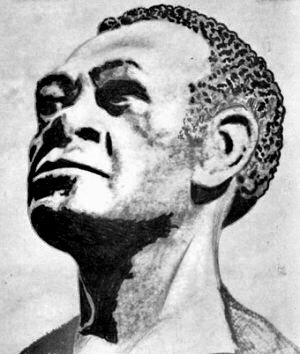
An African King in #Bolivia 🇧🇴 ?
Tucked away in an isolated part of #Bolivia, there is a royal family who can trace his lineage to West Africa.
lens.blogs.nytimes.com/2015/11/17/an-…

Tucked away in an isolated part of #Bolivia, there is a royal family who can trace his lineage to West Africa.
lens.blogs.nytimes.com/2015/11/17/an-…


”According to the abstract of Columbus’s log made by Bartolomé de las Casas, the purpose of Columbus’s third voyage was to test both the claims of King John II of Portugal that “canoes had been found which set out from the coast ... 

”.... the coast of Guinea [West Africa] and sailed to the west with merchandise” as well as the claims of the native inhabitants of Hispaniola that “from the south and the southeast had come black people whose spears were made of a metal called guanín…
... from which it was found that of 32 parts: 18 were gold, 6 were silver, and 8 copper.”
Incidentally, this is the same priest whose above writings may have inspired the exploration of The New World in the first place.
Apparently, C. Columbus read those writings and was more than intrigued.
Apparently, C. Columbus read those writings and was more than intrigued.
In those writings, the priest suggested that the brother of Mansa Musa (The Mali Empire in Africa) had visited The New World, centuries before Columbus.
history.com/news/who-was-t…
history.com/news/who-was-t…
The Egyptian scholar Al-Umari quotes King Mansa Musa as follows:
“The ruler who preceded me did not believe that it was impossible to reach the extremity of the ocean that encircles the earth (the Atlantic Ocean).
“The ruler who preceded me did not believe that it was impossible to reach the extremity of the ocean that encircles the earth (the Atlantic Ocean).

... He wanted to reach that (end) and was determined to pursue his plan."
So he equipped two hundred boats full of men and many others full of gold, water and provisions sufficient for several years.
So he equipped two hundred boats full of men and many others full of gold, water and provisions sufficient for several years.

He ordered the captain not to return until they had reached the other end of the ocean, or until he had exhausted the provisions and water.
So they set out on their journey. They were absent for a long period, and, at last, just one boat returned. When questioned the captain replied: ‘O Prince, we navigated for a long period until we saw in the midst of the ocean a great river which was flowing massively.
So they set out on their journey. They were absent for a long period, and, at last, just one boat returned. When questioned the captain replied: ‘O Prince, we navigated for a long period until we saw in the midst of the ocean a great river which was flowing massively.
My boat was the last one; others were ahead of me, and they were drowned in the great whirlpool and never came out again. I sailed back to escape this current.’ But the Sultan would not believe him. He ordered two thousand boats to be equipped for him and his men,
... and one thousand more for water and provisions. Then he conferred the regency on me for the term of his absence, and departed with his men, never to return nor to give a sign of life.”


Some context about the trip:
https://twitter.com/xspotsdamark/status/1178012598375211011?s=09
Meet the wealthiest person of all time – Mansa Musa I-the sultan of the Mali Empire
Apparently, Mansa Musa Keita became emperor following the death of his predecessor, Abu-Bakr II. thevintagenews.com/?p=112978 via @tvnvintage
Apparently, Mansa Musa Keita became emperor following the death of his predecessor, Abu-Bakr II. thevintagenews.com/?p=112978 via @tvnvintage
It's Abu-Bakr II who apparently went missing, who believed there was something (maybe people) on the other side of the Atlantic Ocean.
The New Yorker — "At the beginning of the fourteenth century, nearly two hundred years before Columbus’s voyages, Abubakari II, the ruler of the Malian empire, built a fleet of ships to search for the western shores of the Atlantic" nybooks.com/articles/2018/… 

“Men were here in #Brazil 100, 000 years ago, and we think they came here from Africa — the current and the wind come from #Africa.”
— Dr. Niède Guidon, Brazilian archaeologist.
— Dr. Niède Guidon, Brazilian archaeologist.

“The #BeringStrait, as a bridge for human groups to cross from Asia to the Americas probably was not the only such bridge, nor was it the only time period when human beings migrated”
— Dr. Gisele Daltrini Felice, Brazilian archaeologist
— Dr. Gisele Daltrini Felice, Brazilian archaeologist

The Black Conquistadors of the New World
"Although most Africans came to America, as slaves; records show that many came before as freedmen from Seville and other Spanish cities."
legacysunfoldingjourney.blogspot.com/2013/07/africa…
#HappyColumbusDay



"Although most Africans came to America, as slaves; records show that many came before as freedmen from Seville and other Spanish cities."
legacysunfoldingjourney.blogspot.com/2013/07/africa…
#HappyColumbusDay




"I went with the Marqués del Valle to discover the islands which are in that part of the southern sea [the Pacific] where there was much hunger and privation; and I went to discover and pacify the islands of San Juan de Buriquén de Puerto Rico; and also as 

.. I went on the pacification and conquest of the island of Cuba with the adelantado Diego Velázquez; in all these ways for thirty years have I served and continue to serve Your Majesty--for these reasons stated above do I petition Your Mercy. 

And also because I was the first to have the inspiration to sow wheat here in New Spain and to see if it took; I did this and experimented at my own expense."
Juan Garrido: The first “African American”
kentakepage.com/juan-garrido-t…
Juan Garrido: The first “African American”
kentakepage.com/juan-garrido-t…

“From the very onset of Spanish activity in the Americas, Africans were present both as voluntary expeditionaries and as involuntary colonists.” 





- Between 1519 and 1600, about 151,000 “Spanish” Africans arrived in the Americas. The population of colonial Mexico included 20,600 blacks and 2,500 mulattoes. This is more than three decades before the first English colonists arrive in the Virginia. 



Notable Black Conquistadors included Juan Garrido and Estaban as well as Sabastian Toral who fought in the conquest of the Yucatan and Juan Valiente who helped pacify Guatemala, Peru, and Chile.
Some, like Juan Garcia, returned to Spain as wealthy men.

Some, like Juan Garcia, returned to Spain as wealthy men.


The Black Middle: Africans, Mayas, and Spaniards in Colonial Yucatan
The Black Middle is the first full-length study of black African slaves and other people of African descent in the Spanish colonial province of Yucatan.
amazon.com/Black-Middle-A…

The Black Middle is the first full-length study of black African slaves and other people of African descent in the Spanish colonial province of Yucatan.
amazon.com/Black-Middle-A…
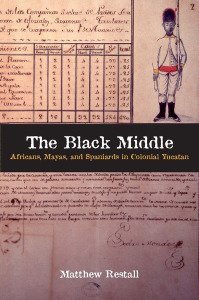

The following information is intended for those who think "The Blacks" should just get over three centuries of slavery -- and for black children who experience the cruelty of racism: Your suspicions are true, and your righteous rage — understandable.
'And if all others accepted the lie – if all records told the same tale – then the lie passed into history & became truth.'
– G. Orwell, 1984
– G. Orwell, 1984

• • •
Missing some Tweet in this thread? You can try to
force a refresh









